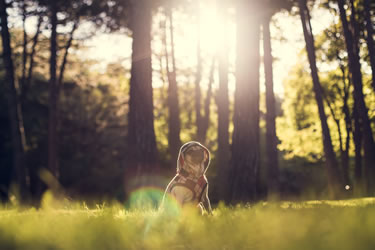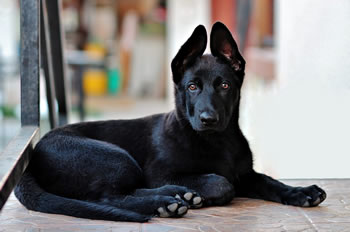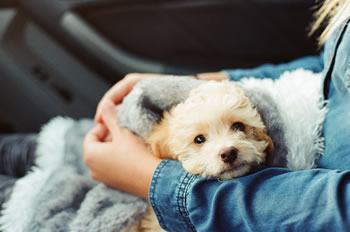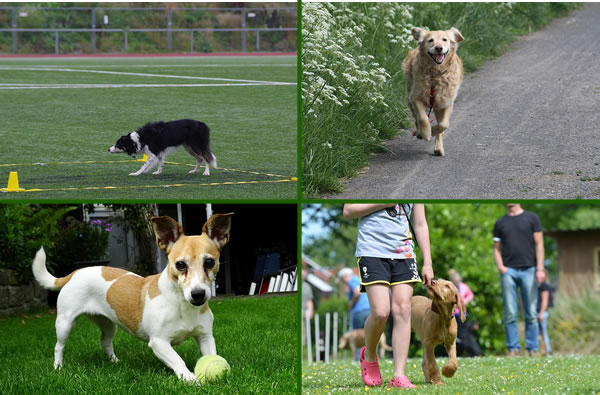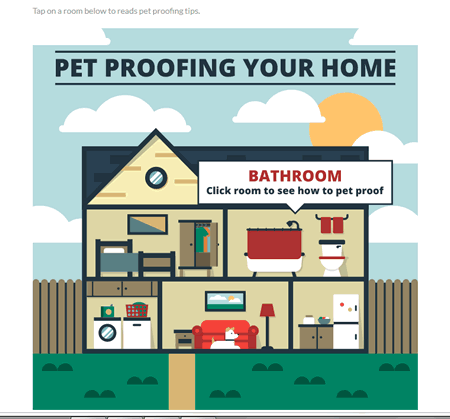Contribution from freelance writer Sally Writes
If you have just taken a pup or dog home and you are excited about enjoying the best of the outdoors life together, take a look at your garden: is it completely safe for your pooch? In the spring and summer months, the garden will probably be one of his favorite ‘chill out zones’, but it can also form the perfect backdrop to energetic games like fetch, tag, and hide-and-seek. While keeping your furry friend active and entertained, pay heed to these tips to ensure he is always completely safe.
Beware of Toxic Plant Species
It is shocking for some to discover that many everyday plants and flowers, including lilies, daffodils, azaleas and sago palms, are toxic to dogs. Sometimes, plants can cause mild digestive upsets but at other times, organ damage and even death can occur.
If you have a very small garden and know the exact species in it, simply remove any plants that are on the SPCA poisonous plants list. To play extra safe, have an expert gardener come in to possible spot any poisonous plants you may have missed.
If you spot any signs of poisoning, including vomiting, drooling, and fatigue, see your vet immediately.
Go Natural and Organic When You Can
Keeping our lawn beautiful is key, since when the weather is good, we use the garden area to entertain, catch a few rays of Vitamin D, and even enjoy activities such as outdoor yoga.
To reduce the need for harmful chemical fertilizers, pick the right lawn mower – one that you can program to cut only a third of grass blades. This top layer is thin and leafy, and decomposes quickly, providing up to one third of your lawn’s nitrogen needs.
When purchasing fertilizers, try to opt for organic varieties with non-toxic ingredients.
Finally, to keep insects away, use neem juice diluted in water as an effective repellent that is harmless to dogs.
Store Potential Irritants and Toxins Away
A garden shed that is large enough to store all your products and tools well is key. Leaving tools on grass can cause injury, while curious dogs enjoy sniffing and chewing on bottles, potentially harming their health.
Prevent Quick Escapes
To stop your dog from digging an escape route under the fence, build a smooth cement walkway between the fence and the lawn, or use large pots to act as a barrier between the two. To keep him happy and busy, build him a makeshift sandpit, burying toys under the sand to pique his interest.
Having a beautiful, safe garden is a matter of relying less on chemical products, removing poisoning risks, and preventing escapes. Keep your lawn as clear of clutter as possible, so your dog can enjoy running freely and playing the many games you have in store for him.

